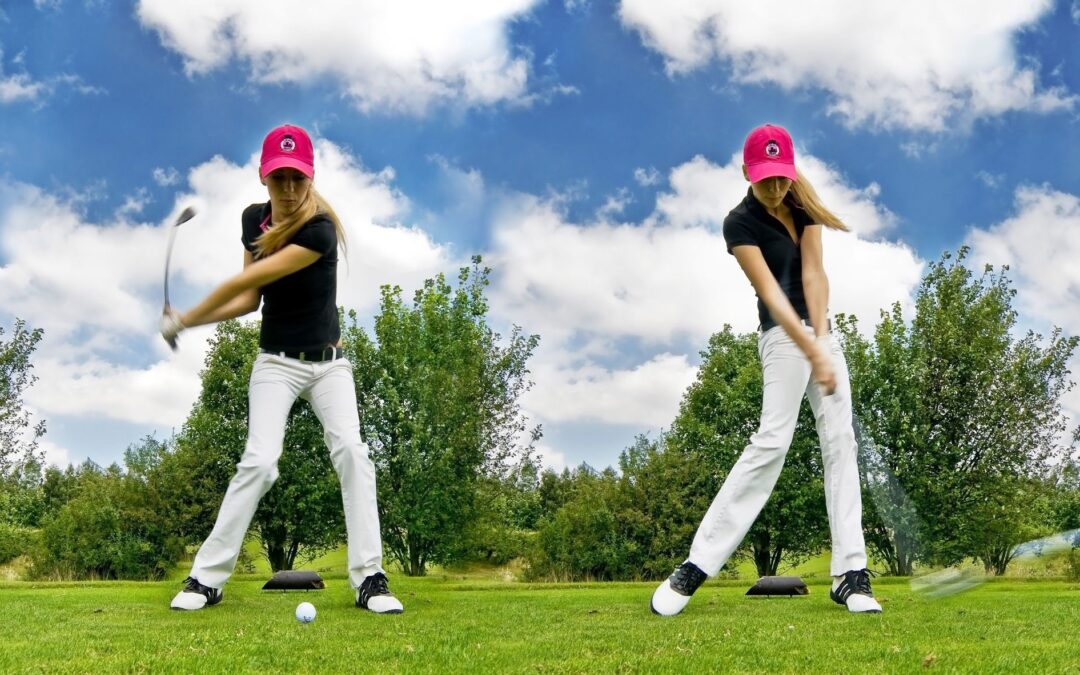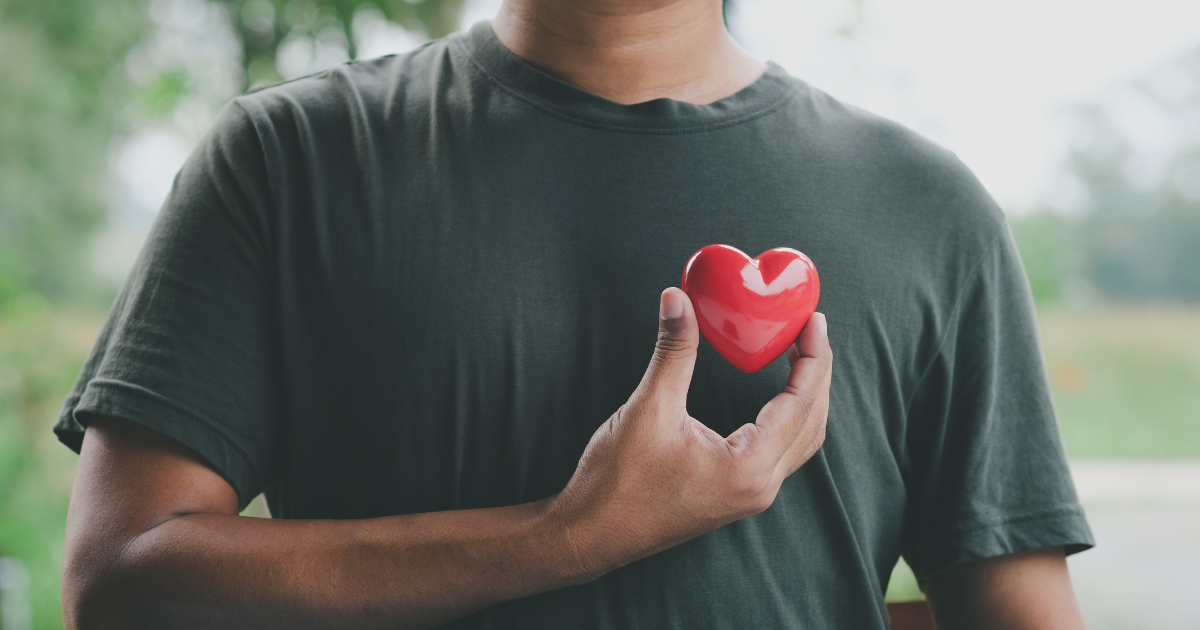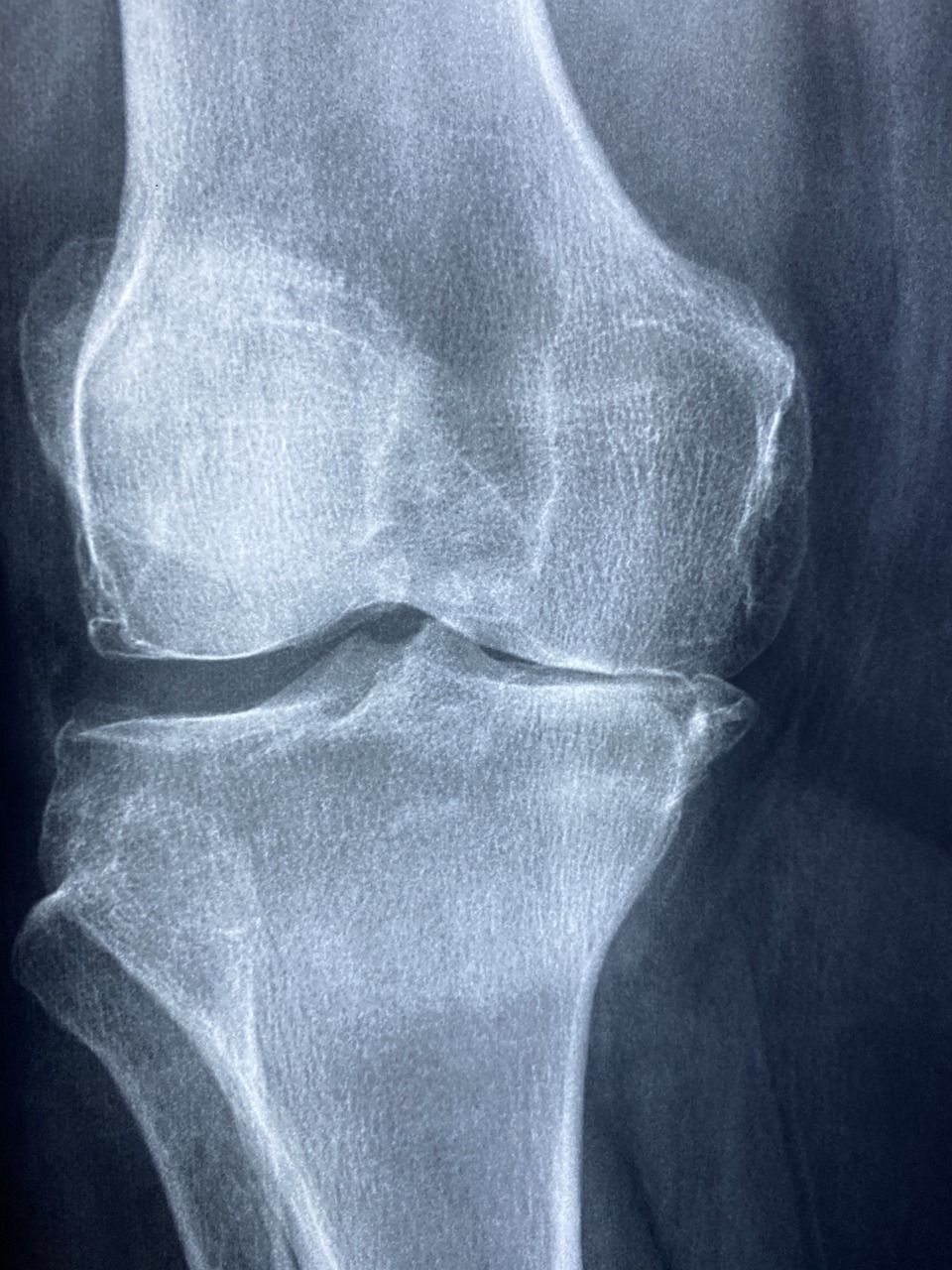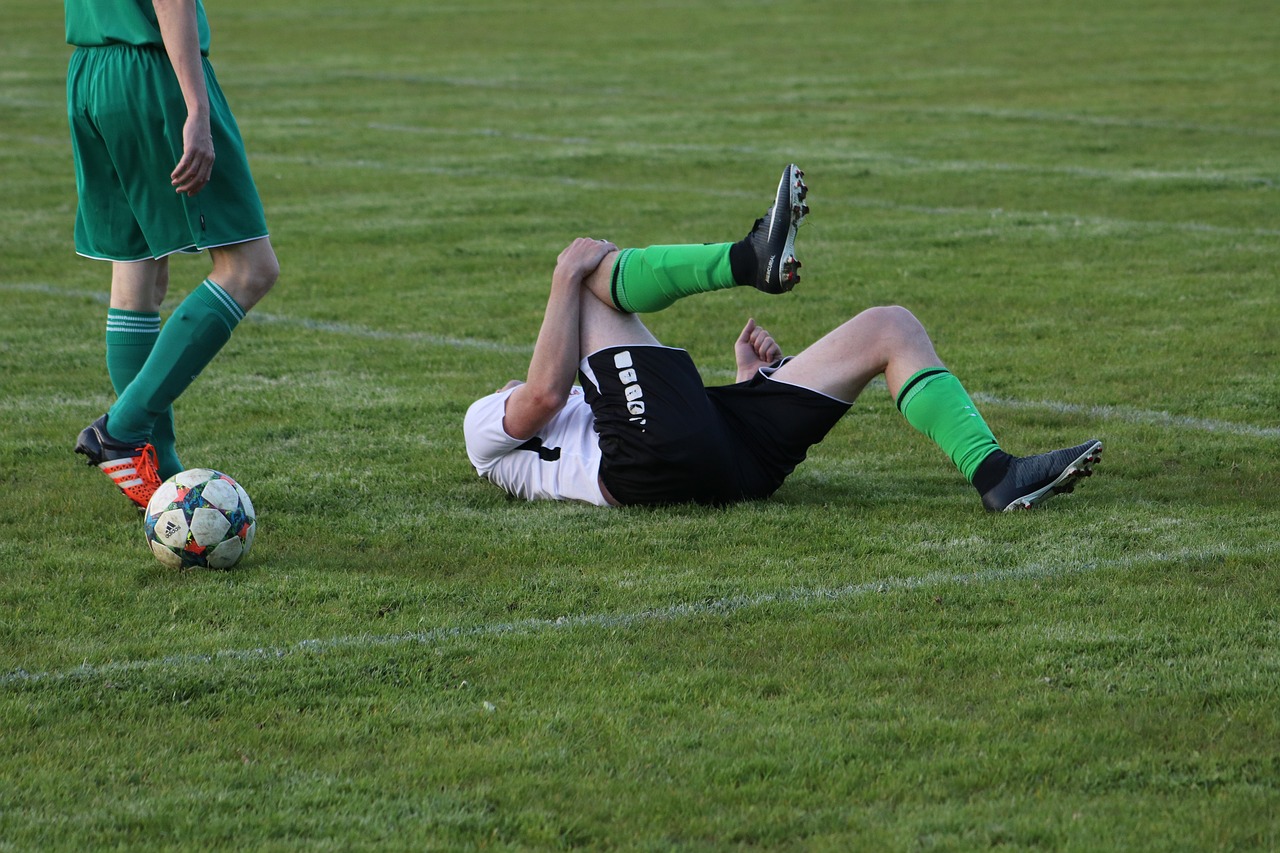Welcome to part 1 of this 3 part series. We hope it brings insight and is informative. The aim is to provide information so you can make better choices how you approach lower back pain and your golf.
Lower Back Pain and Golf
Lower back pain is a common injury which occurs in the general population. The issues when it comes to lower back pain and golf, is it can be a big factor on preventing you from playing. This frustration we understand. You start playing well. Put the practice in on the range. Find your form on the course. Then that pain begins. Forcing you to reduce your practice. Your form drops. Devastating. I take it that if you are reading this you are a golfer.
Have suffered from or are suffering from lower back pain. Are looking to learn more about what you can do to help treat or prevent it. Well you landed in the right place. This is a long and detailed read. That is because this is a challenging and complex subject.
There are 100’s of scientific research articles dedicated to just this topic. We intend to summarise that into one informative article. During this article we explore golfing injuries in general, before analysing the relationship between golf and lower back pain.
We will look at the anatomy of the lower back. The adjacent joints of the pelvis, hip and trunk. We will address the golf swing and the role the lower back plays then what you should do if you have lower back pain and want to play golf. Finally, we will look into what you can do to treat or better prevent lower back pain. We will conclude with an overview of best practice and some sensible suggestions of what you can do to keep you playing!
Overview of golfing injuries
Golf is seen as a low risk, low impact sport. Therefore, many acute injures rarely occur. Most injuries that occur due to overuse. This is true in both amateur and professional golfers. Each has individual reasons why, but both occur due to overuse. The difference is normally due to the swing intensity and more repetition.
During a golf swing the forces generated are capable of causing injury. if not properly sequenced this forces are disputed into the joints and soft tissues increasing the risk of injury. It a golfer rotates from any part of their body past its functional limitations during the swing, they will overload the spine, tendons, ligaments and interconnecting muscles. Increasing the risk of injury.
Due to the complexity and asymmetry of a golf swing it causes imbalances in the body. These repetitive asymmetrical loads lead to abnormal changes to the body. The common injuries that occur in both categories are lower back , wrist, elbow and knee. The lower back injuries have the highest incident rate in both pros and amateur golfers.
To read more injuries in golf click here.
Anatomy of the Lower back
To understand the reason why we get lower back pain we must consider the anatomy of the spine and pelvis. Then we can begin to relate this to the golf swing and what happens to create the issues.
Spinal Anatomy
The lower back (lumbar spine) consist of 5 joints (vertebrae) that all articulate with each other via joints above and below. In-between these are intervertebral discs. These contain a gel like fluid that allows the aids compression forces through this area. It can flex forward, extend backwards, rotate and side bend as part of normal function.
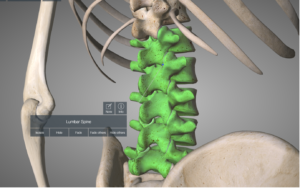
Muscle Anatomy
The muscles of the lower back can both resist and cause movement. Different muscles do different functions. These functions are determined by the action of the muscle. There are muscles at the front and the back of trunk and the affect both the movement and the stability of the spine.
The muscles at the front (anterior) are mostly responsible for flexion, rotation and side bend movements. These include the rectus abdominis (flexion) , the internal, external oblique and transverse abdominals (flexion, side bend and rotation).
Additional muscle, including the psoas group (Major and Min) also had lumbar spine stability especially when associated with hip flexion (like a golf stance!)
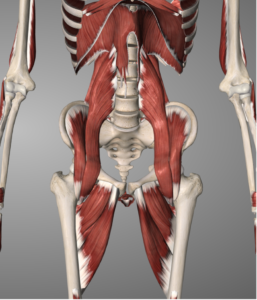
As well as movement, the internal, external and transverse abdominals provide spinal stability. The muscles at the back of the trunk (posterior muscles) include Erector Spinae, Multifidus, and latissimus dorsi that create extension of the trunk and spine. The iliocostalis lumborium and longissium thoracacis help support the extension movement. The also provide stability against forward (anterior) sheering forces.
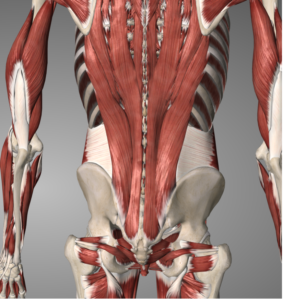
Other muscles of the lower body originate from the spine and pelvis therefore have influence too. The psoas (major and min) affect the spinal stability and movement too.
We must also include the gluteal group (max, med and min) the Hamstring and the quadricep group into the equation. Although these muscles have roles moving and stabilising the hip or knee, they all originate from the pelvis.
This means they all exert a force through the spine and pelvis. Its important to mention that a muscles ability to produce force is based upon its length. Altered movement patterns can alter the length. In turn, can alter the load on the spine. These increased loads on the spine can lead to issue and disorders leading to pain or injury in the lower back.
The Golf Swing and the role of the lower back
An overview in swing mechanics of the modern golf swing is essential so you can appreciate the forces and understand the involvement the lower back and pelvis plays in it. We must also note that all swings are unique. They are determined by physical characteristics and previous learnt movement habits.
The Modern Golf Swing In Brief
The modern golf swing relies on the force through the increase degrees of separation between the pelvis and the trunk. The modern golf swing prioritises the rotational speed in and between these areas. This in turn increases the compressive forces in the spine. Also the forces of the front to back shearing movement at each segment are highest just after impact. The presence of these large spinal loads requires muscle activity to support this spinal structures. However, in the presence of lower back pain or previous history of, it is possible a golfer has the inability to anticipate these forces. This could result in a delay in the stability muscles ‘kicking in” effectively.
Break down of the modern golf swing
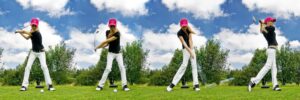
It is well known that there are 4 phases to a golf swing:
- Address
- Backswing
- Downswing
- Follow through
Additionally, there are other important aspects of the swing to consider
- The top of the backswing
- Acceleration phase
- Impact
- Early follow through
- Late follow through.
Getting the sequence right in any swing has been shown to be the most effective. With the sequence of events occurring at the top of backswing (if you can do this effectively). Initiate the down swing motion with pelvic rotation towards the target. In response to the pelvic movement, the upper trunk also begins to rotate causing the arms to move towards the ball.
Lower back and Pelvis in Regards the Swing
Compressive forces at L4/5 are present due to the muscle activity of the trunk and the relationship with the force applied into the ground. Its the mid point. It has been estimated that 6.5 to 8+ times bodyweight goes through this area immediately after impact. This is a mainly due to the activation of the muscles of the trunk to maintain in a neutral position during the swing. T
he potential issue is the increase of the shearing forces moving forward and backwards during the follow through affecting the spinal stability. The Glut muscle group resist pelvic rotation during the backswing allowing greater stretch on your trunk muscles. The glut medius muscle is designed to produce large forces over a short distance which makes it ideal for hip stability. (It has been shown that poor internal hip rotation mobility can reduce its effectiveness to do this task).
Whereas the Glut Max stabilises the pelvis. Together with parts of the hamstring group (bicep femoris) they interact with the back extensor group to support motion of the lumbar spine and pelvis to transfer of energy into the torso, arms, hand and eventually the golf club.
In part 2 we explore why golfers get lower back pain. You can read it here.
Or Part 3 how to play golf with lower back pain
Struggling with Lower Back Pain – You can always visit us at Summit Physio or Book online Here
